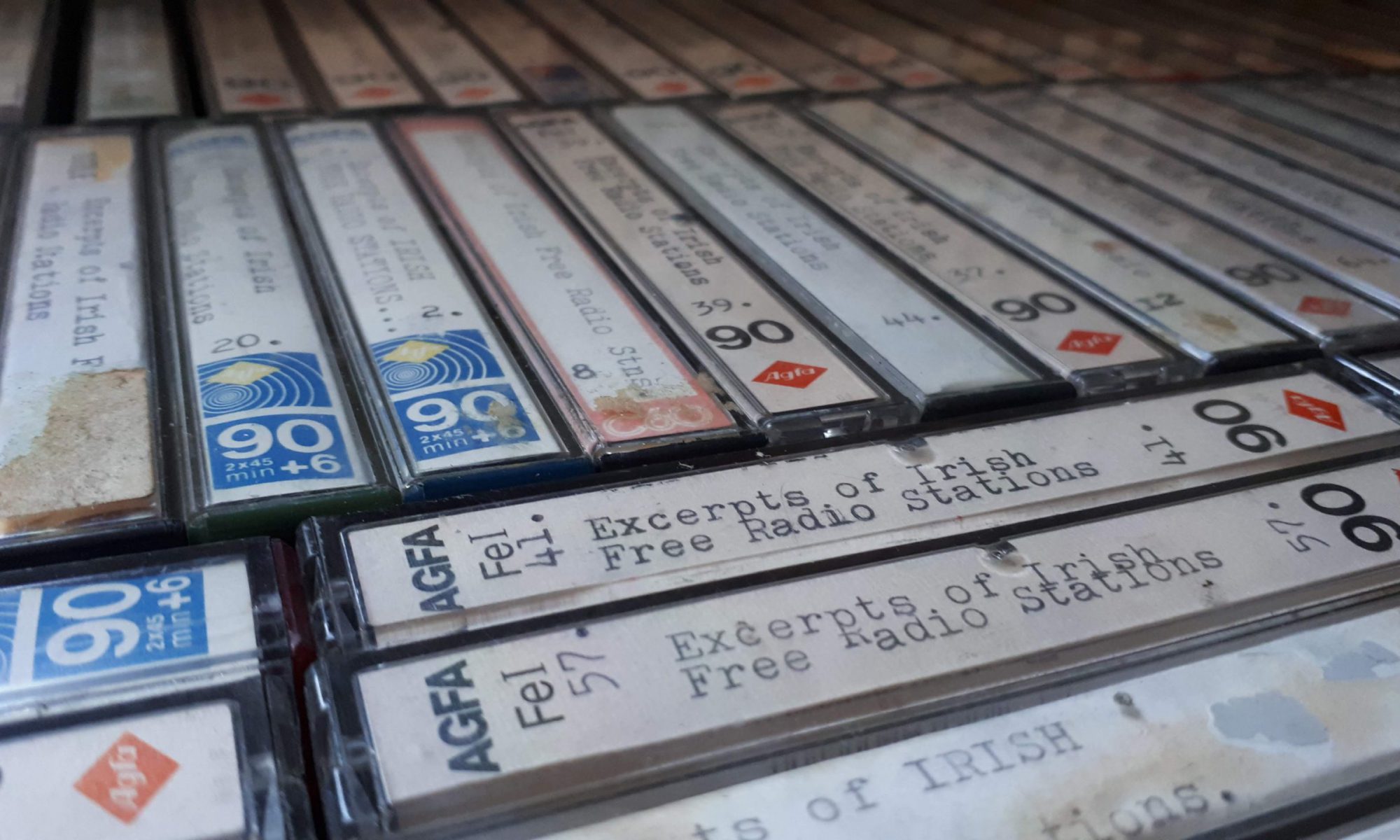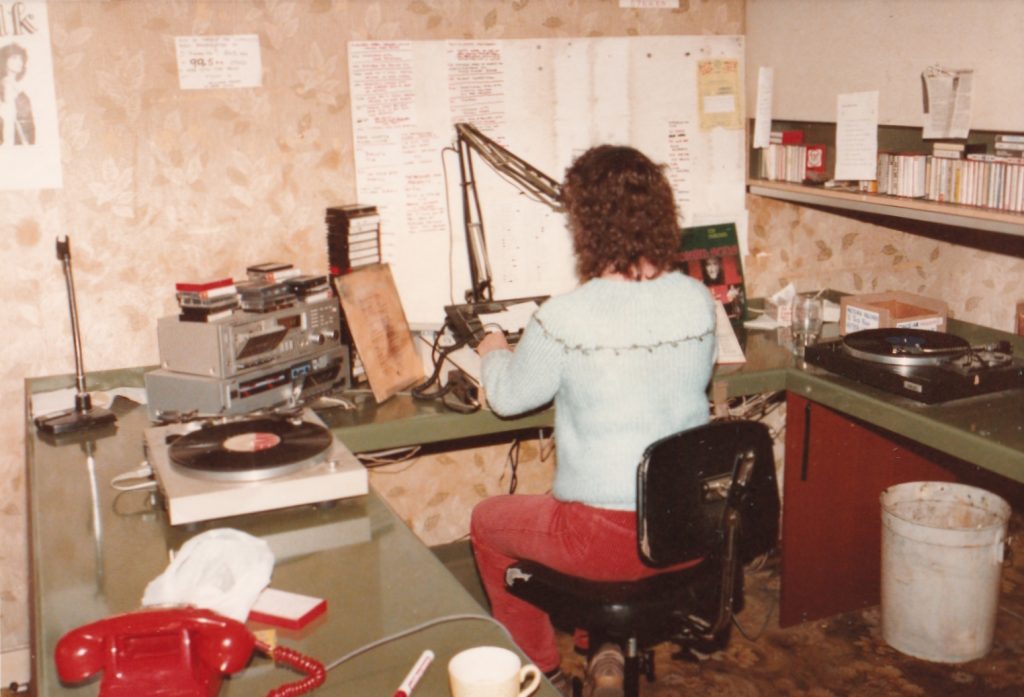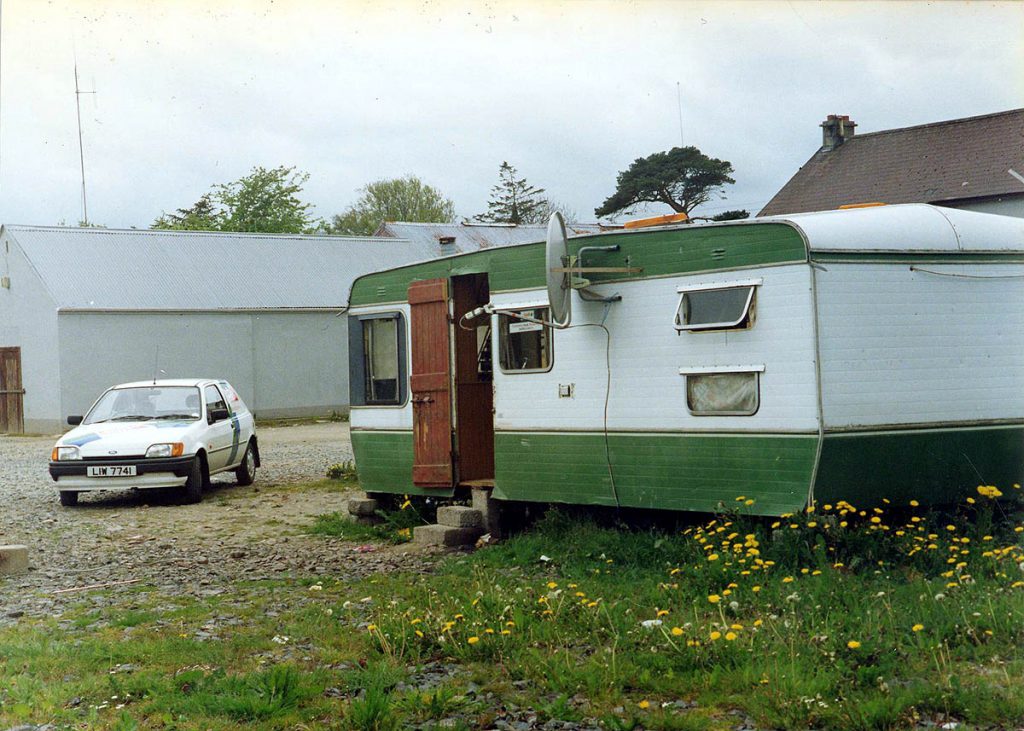Podcast: Play in new window | Download

After the shortlived change to Radio North 2000 in 1998, the Donegal pirate dumped the reference to the millennium and relaunched itself as ‘the new Radio North’ in 1999. Owner Paul Barnett (RIP) maintained the focus on American country music and the station developed a more polished sound and concentrated on FM (103.9 and 104.4), while running a parallel AM service for religious music and programming, Gospel 846.
This recording from summer 1999 gives a flavour of the new Radio North, complete with a slick advertising promo and a huge number of adverts from both sides of the border, many of them voiced by Paul Barnett. The DJ is Steve Marshall, who had been involved in previous Irish pirate stations in the 1980s. Among the straplines used are ‘the northwest’s fasting growing station’ and ‘the only station that’s increasing its audience’. There’s also a syndicated news service from IRN at the top of the hour.
The tape is courtesy of Ian Biggar and was made on Tuesday June 1st 1999 between 1405-1535 from 103.9 FM.




